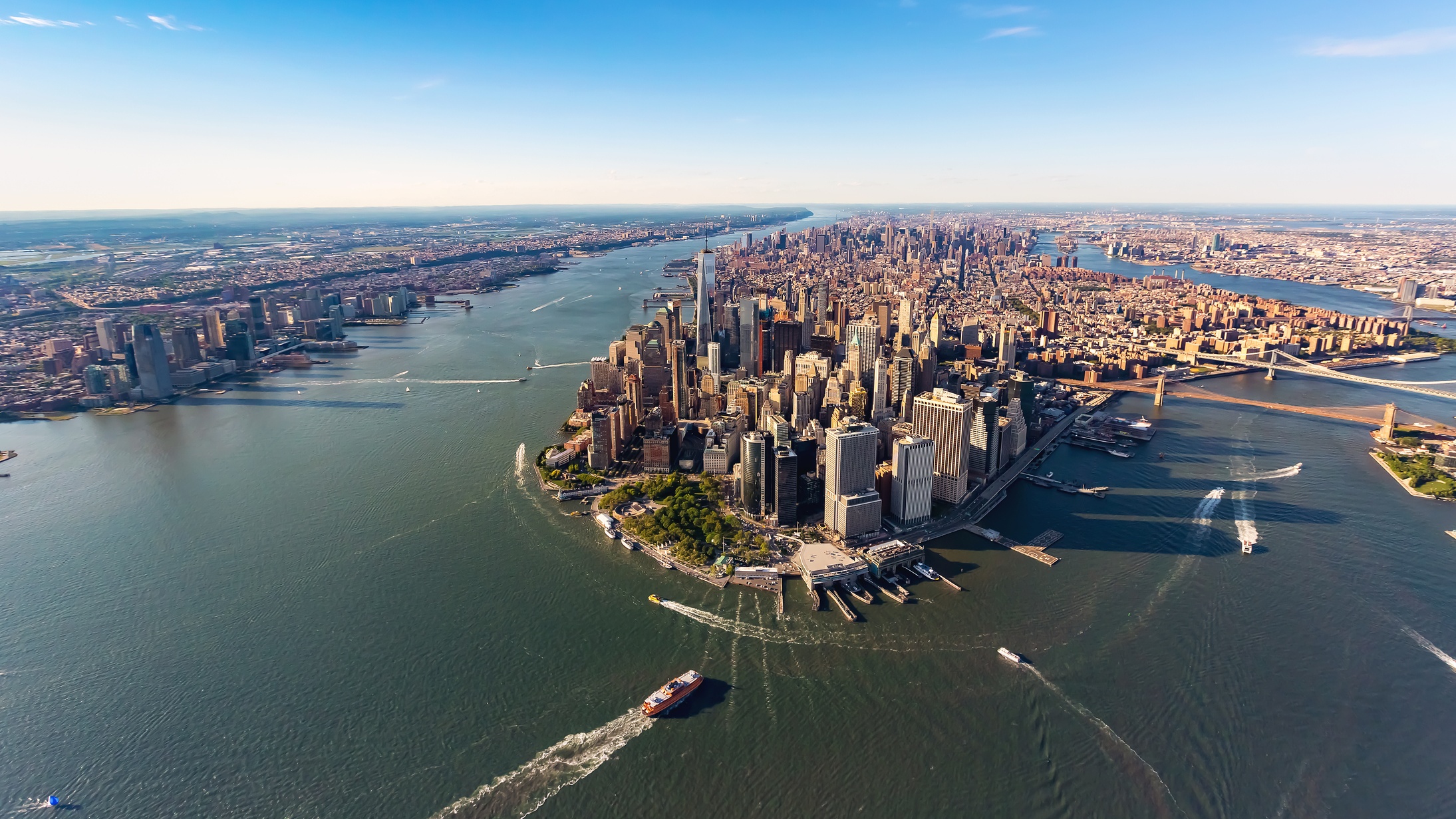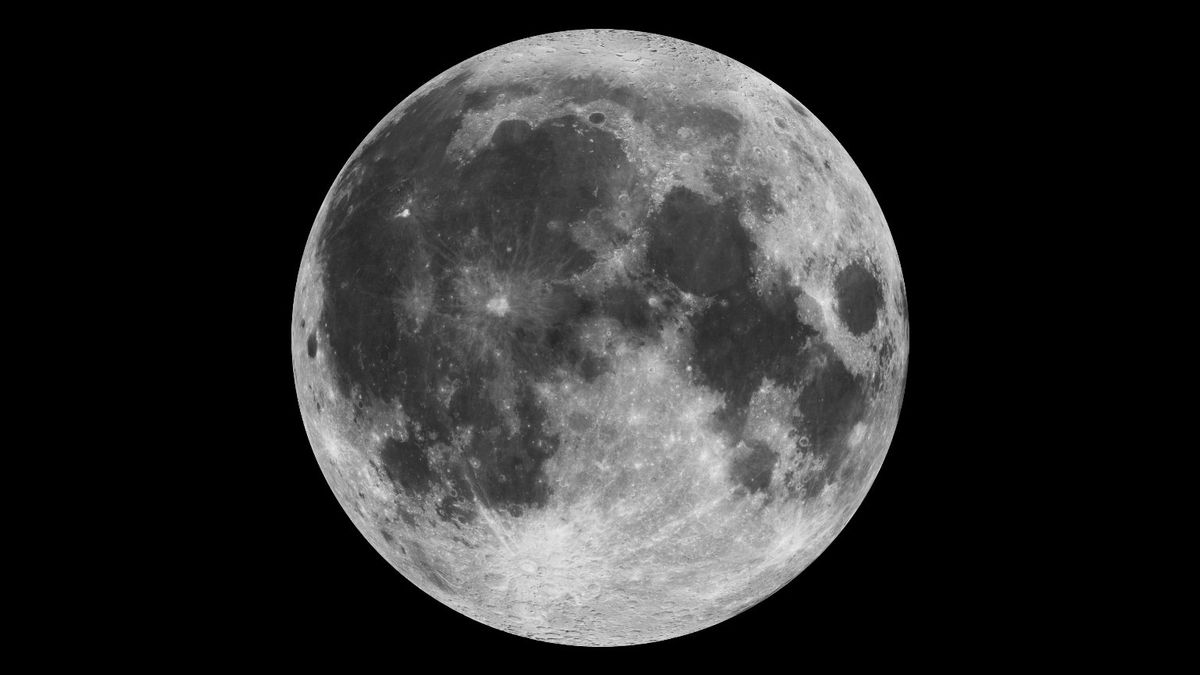A new study has found that the 28 most populous cities in the United States — including New York, Chicago, Dallas and Denver — are sinking at rates between two and 10 millimeters (0.08 and 0.4 inches) per year.
Using satellite-based radar measurements, a team of researchers from Virginia Polytechnic Institute and State University developed high-resolution maps of sinking land, or subsidence, across major U.S. cities. In each of the 28 cities studied, at least 20% of the city was sinking; in 25 of the cities, at least 65% of the land was sinking.
Cities across Texas show the greatest rates of subsidence, with Houston taking the lead. There, some 40% of the city is sinking at more than 5 millimeters (0.2 inches) per year, while 12% of the city is sinking at 10 millimeters (0.4 inches) per year.
"Even slight downward shifts in land can significantly compromise the structural integrity of buildings, roads, bridges, and railways over time," Leonard Ohenhen, a former Virginia Tech graduate student and the study’s lead author, said in a statement.
Land subsidence isn't uncommon around the world, with many areas subsiding due to natural geological processes. However, the Virginia Tech team concluded that 80% of urban subsidence in the U.S. is caused by groundwater removal for human use. And, as cities grow, this problem may be further exacerbated.
While subsidence certainly poses a risk for coastal cities, which are also under threat of sea level rise exacerbated by human-driven climate change, it also endangers inland cities, making them more prone to flooding. Plus, uneven subsidence across a city can destabilize buildings and infrastructure.
"The latent nature of this risk means that infrastructure can be silently compromised over time with damage only becoming evident when it is severe or potentially catastrophic," Manoochehr Shirzaei, associate professor at Virginia Tech's Earth Observation and Innovation Lab, said in the statement.
While we can't entirely stop land subsidence under urban areas, we can work on mitigating it. According to the study, potential steps to take include improving land subsidence monitoring, revised groundwater management policies, and infrastructure resilience planning.
The study was published on May 8 in the journal Nature Cities.








 English (US) ·
English (US) ·